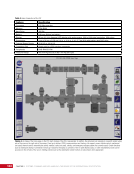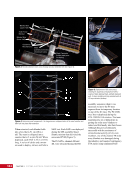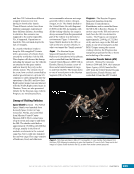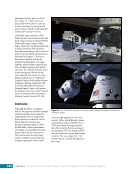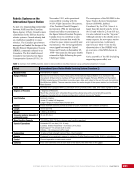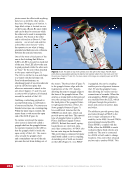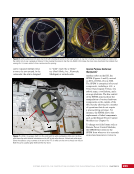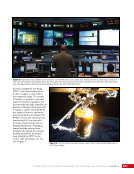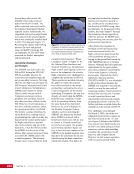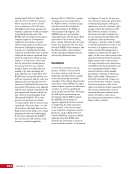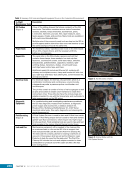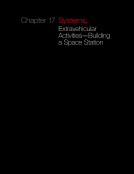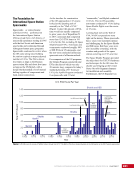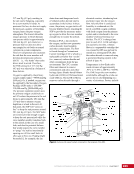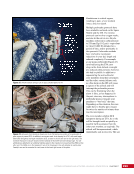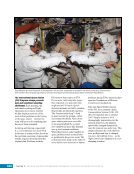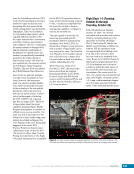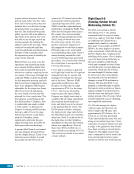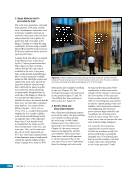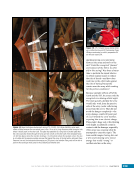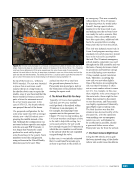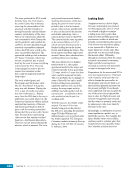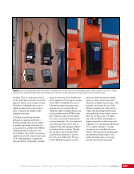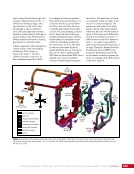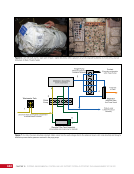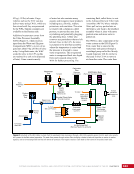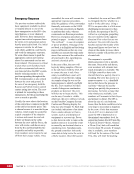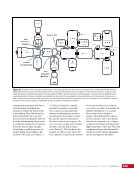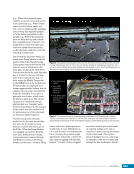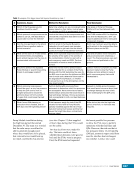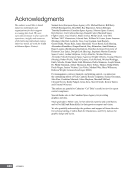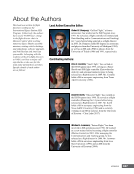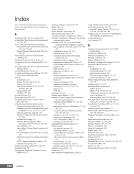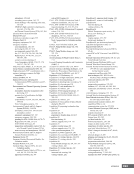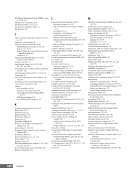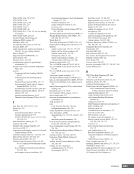xiii experts in research operations, the FCT needs to understand what research is being performed, and how it is being performed. For example, if an experiment requires a microgravity environment as free from perturbations as possible, the operations team needs to ensure thrusters are not firing or that a visiting vehicle is not about to dock. The FCT works closely with the control centers that lead the research, and strives to maximize its ability to complete tasks. Several other books discuss utilization in greater detail, including a book by Harm & Ruttley (2012). If the FCT is successful, the ground-breaking research is all the public hears about, which is the case for other national laboratories or outposts such as Los Alamos National Laboratory or the Amundsen-Scott South Pole Station. Table 1. All Control Centers that Operate the ISS, or Visiting Vehicles that Support the Space Station Location Call sign Function Houston, Texas Mission Control Center – United States On-orbit Segment Houston (MCC-H) or (USOS) or control of the Boeing Houston also MCC-CST Company’s CST-100 (Starliner) crewed vehicle Korolev, Russia Mission Control Center – Russian Segment Moscow (MCC-M) or Moscow1 Tsukuba, Japan Tsukuba Japanese Experiment Module elements and H-II Transfer Vehicle Oberpfaffenhofen, Munich2,3 or Columbus European laboratory module Germany Control Center Toulouse, France Automated Transfer European Automated Transfer Vehicle Control Center Vehicle cargo vehicle operations [retired from service] St. Hubert, Montreal Remote Multipurpose Support Canada Room for USOS Robotics Dulles, Virginia Mission Control Center – Orbital ATK “Cygnus” cargo vehicle Dulles (MCC-D) Hawthorne, Mission Control Center – Space Exploration Technologies California SpaceX (MCC-X) Corporation (SpaceX) “Dragon” crew and cargo vehicles Huntsville Huntsville Payloads Operations and Integration Center 1 Even though the control center is located in Korolev, which was kept secret in the days of the Soviet Union, it is called Moscow. 2 Although the control center is located in this small suburb of Munich, the control center is always referred to as Munich. 3 The European Space Agency has various payload support centers around Europe that interface with Munich. The Road to the International Space Station A Brief History of the ISS Much has been written about the genesis of the ISS and its embryonic form, Space Station Freedom. However, the story really goes much further back and will not be elaborated on here. Considerably more detail can be found in such references as Catchpole (2008). A space station was always a goal early on at NASA, especially among the German team, led by Wernher von Braun, that came to America after World War II and developed NASA’s rocket technology. Landing on the moon became the priority once the Kennedy administration perceived it as an area in the space race that the US could win. The Soviets launched various space stations throughout the 1970s, including the first and culminating in the Mir complex in the 1980s. As soon as the moon landing was achieved, NASA scientists, including von Braun, began pushing for a space station. The result was Skylab—the first US station. Skylab was a great start for the US program, but it was literally assembled from spare parts out of the canceled Apollo program. During the 1980s, as the Space Shuttle Program began to take off, quite literally. The push again grew for the US to create a space station. President Ronald Reagan eventually approved Space Station Freedom in 1984 with an $8 billion budget however, the program continued to fumble as the costs of the project escalated. The design was repeatedly
Purchased by unknown, nofirst nolast From: Scampersandbox (scampersandbox.tizrapublisher.com)








































































































































